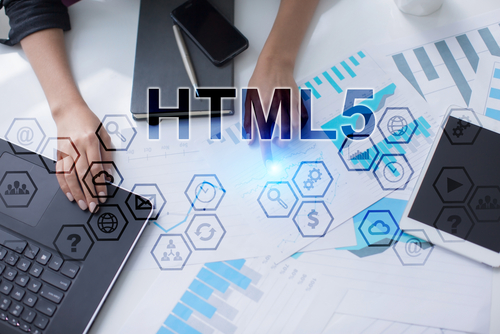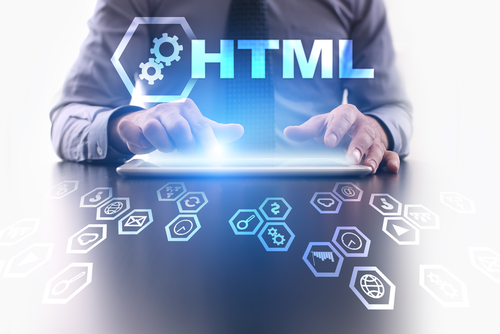HTML5

What is HTML 5?
HTML5 is a markup language used for structuring and presenting content on the World Wide Web. It is the fifth and current version of the HTML standard. It was published in October 2014 by the World Wide Web Consortium
HTML5 is the next major revision of the HTML standard superseding HTML 4.01, XHTML 1.0. HTML5 is a cooperation between the World Wide Web Consortium (W3C) and the Web Hypertext Application Technology Working Group (WHATWG).The new standard incorporates features like video playback and drag-and-drop that have been previously dependent on third-party browser plug-ins such as Adobe Flash, Microsoft Silverlight, and Google Gears.


HTML 5 Browser Support
The latest versions of Apple Safari, Google Chrome, Mozilla Firefox, and Opera all support many HTML5 features and Internet Explorer 9.0 will also have Support for some HTML5 functionality. The mobile web browsers that come pre-installed on iPhones, iPads, and Android phones all have excellent support for HTML5.
HTML5 is the latest evolution of the standard that defines HTML
We at Snovasys work with the latest advancement of the standard HTML is HTML5. HTML5 speaks for two different conceptions.
Our Responsive Website Development Company from United Kingdom (UK) makes use of HTML5 With new elements, behavior and attributes it is a total new form of the language HTML and a vast set of technologies, which allow more distinct and powerful websites and applications.
- Semantics: allowing you to describe more precisely what your content is.
- Connectivity: allowing you to communicate with the server in new and innovative ways.
- Offline and storage: allowing webpages to store data on the client-side locally and operate offline more efficiently.
- Multimedia: making video and audio first-class citizens in the Open Web.
- 2D/3D graphics and effects: allowing a much more diverse range of presentation options.
- Performance and integration: providing greater speed optimization and better usage of computer hardware.
- Device access: allowing for the usage of various input and output devices.
- Styling: letting authors write more sophisticated themes.
